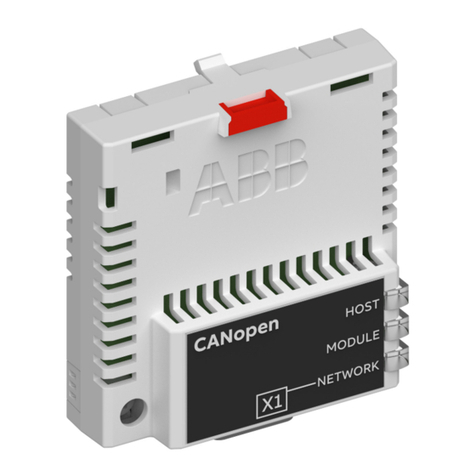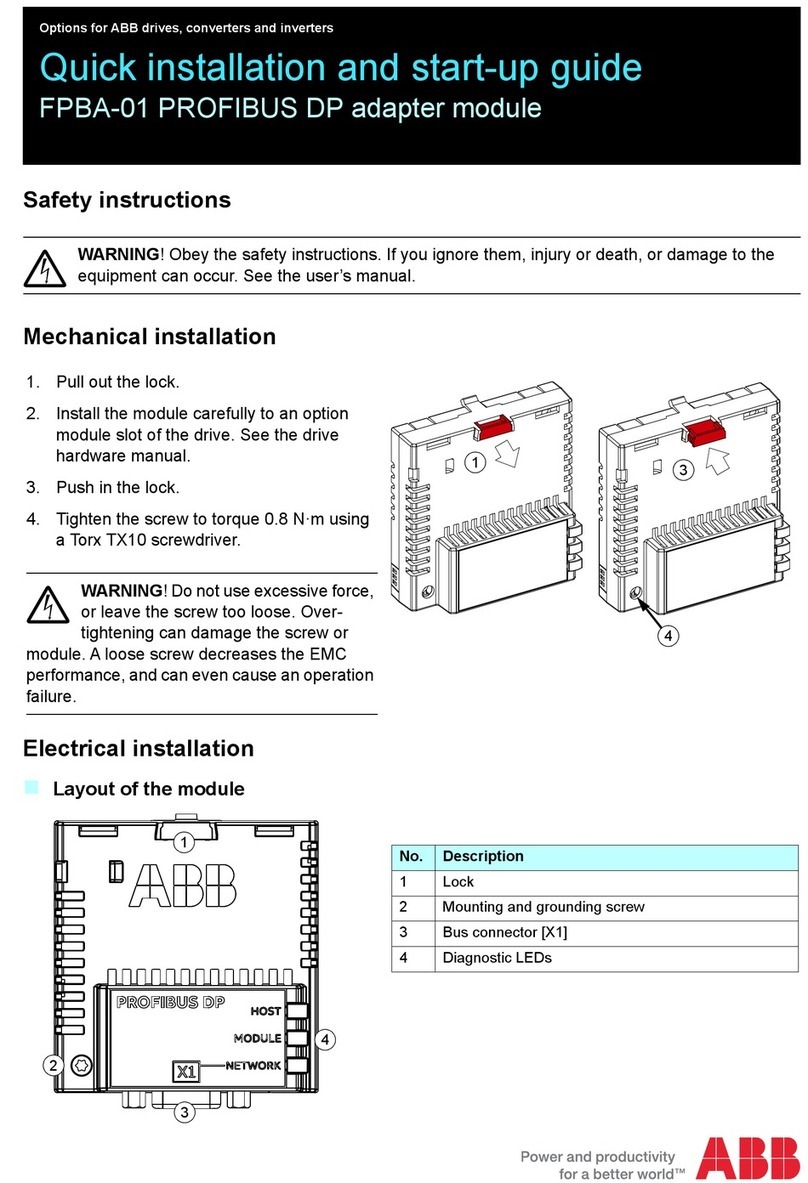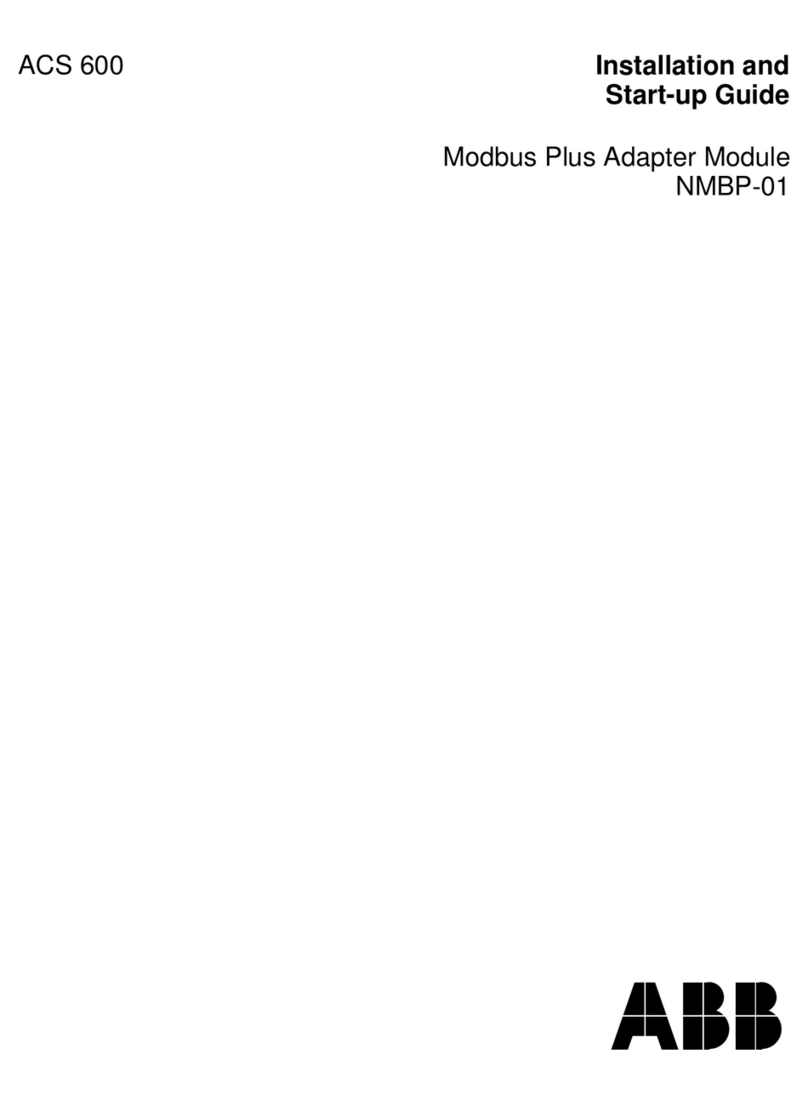ABB RER 133 Parts list manual
Other ABB Control Unit manuals
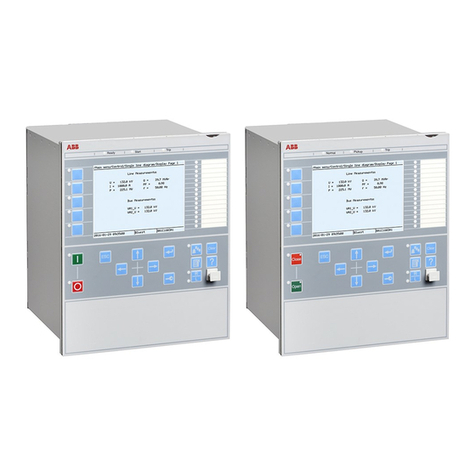
ABB
ABB RELION 650 SERIES Datasheet
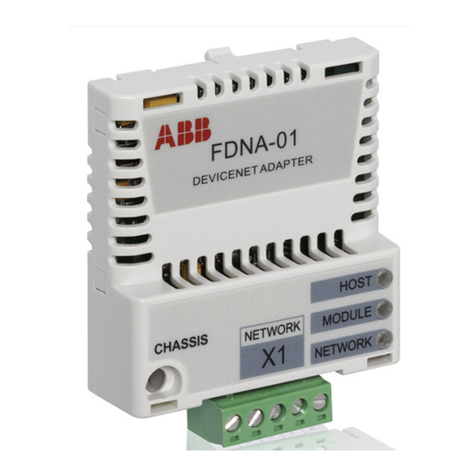
ABB
ABB FDNA-01 Installation manual
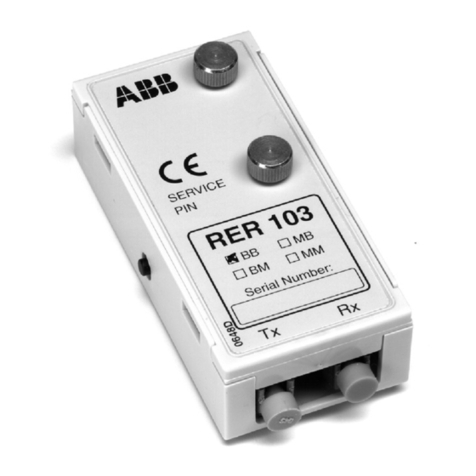
ABB
ABB RER 103 Operating and installation instructions
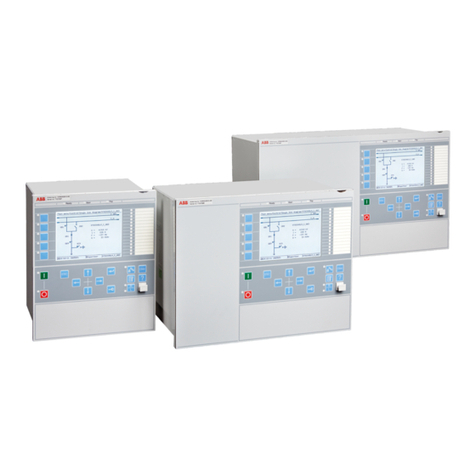
ABB
ABB IEC 61850 Edition 2 User manual

ABB
ABB ACS850 series User manual
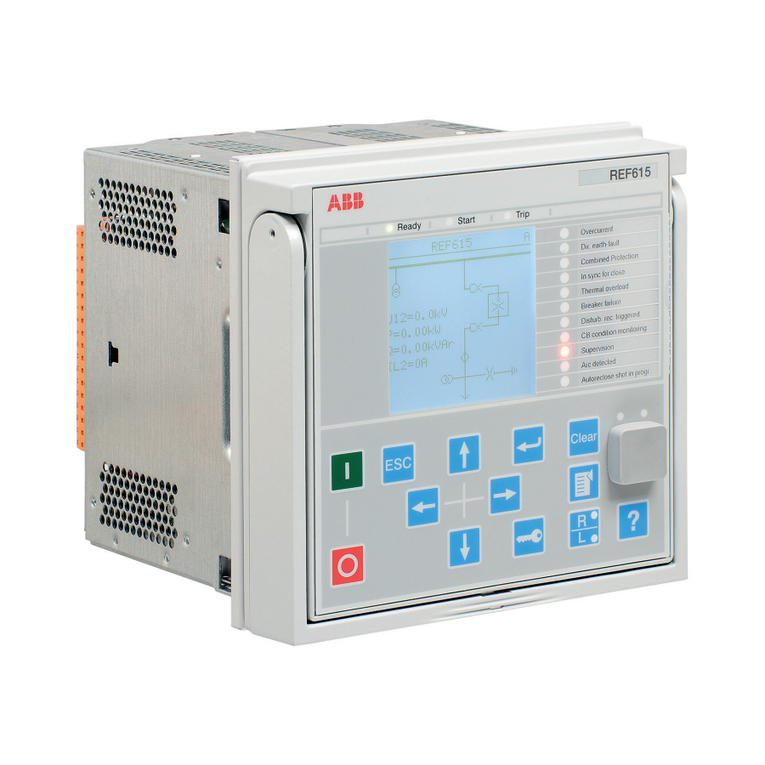
ABB
ABB Relion 615 series Installation and operation manual
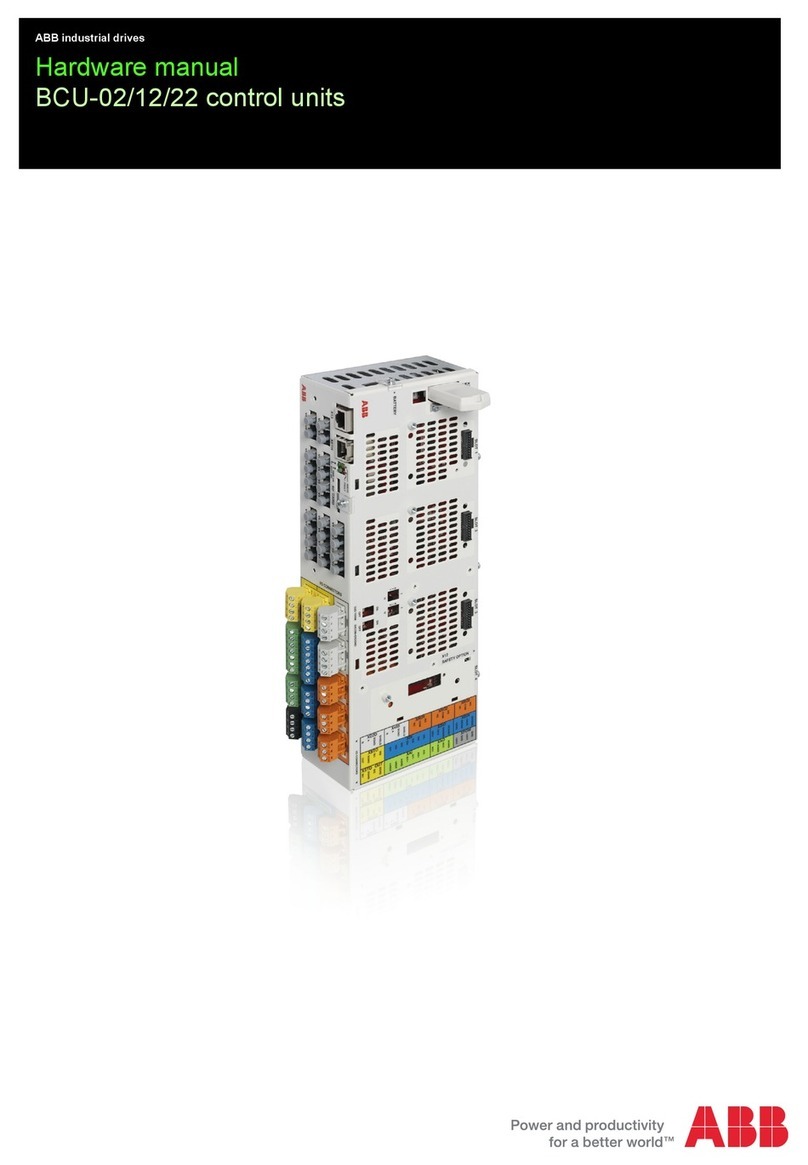
ABB
ABB BCU-02 User manual

ABB
ABB ACS880-14 User manual

ABB
ABB ACSM1 Series Use and care manual
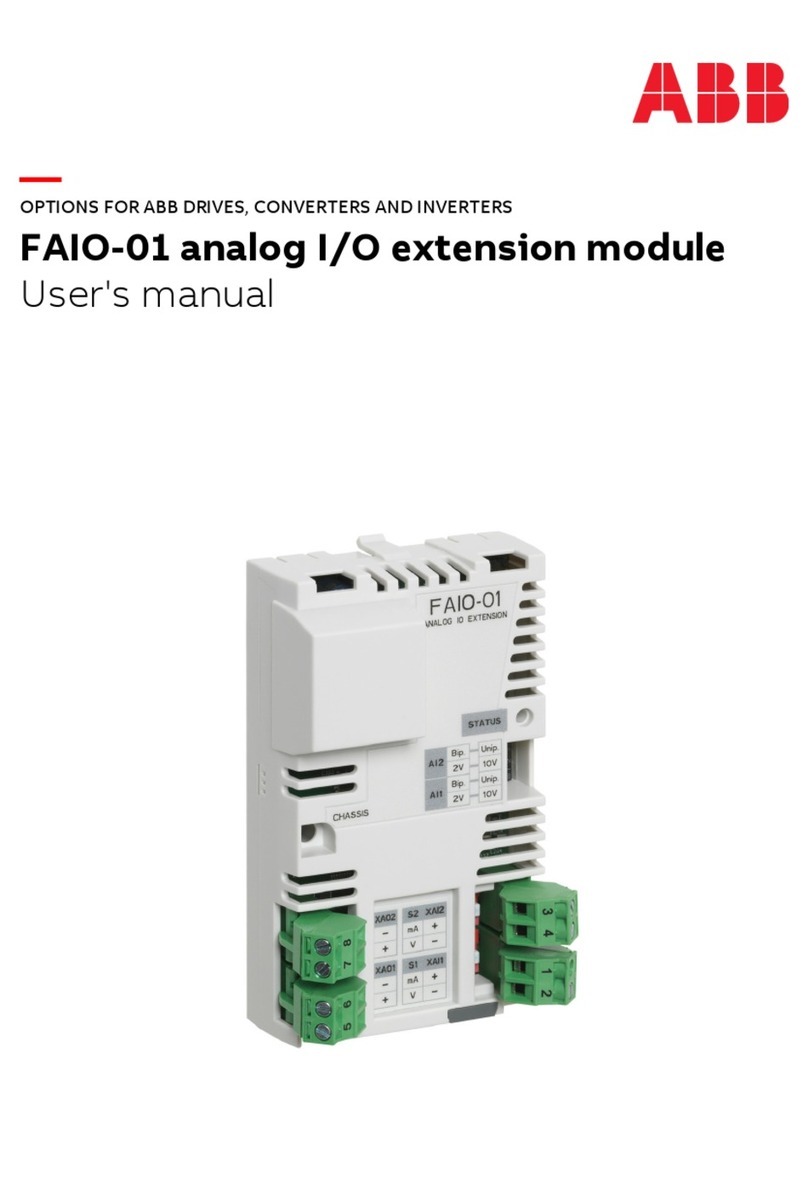
ABB
ABB FAIO-01 User manual

ABB
ABB XIO-00 User manual
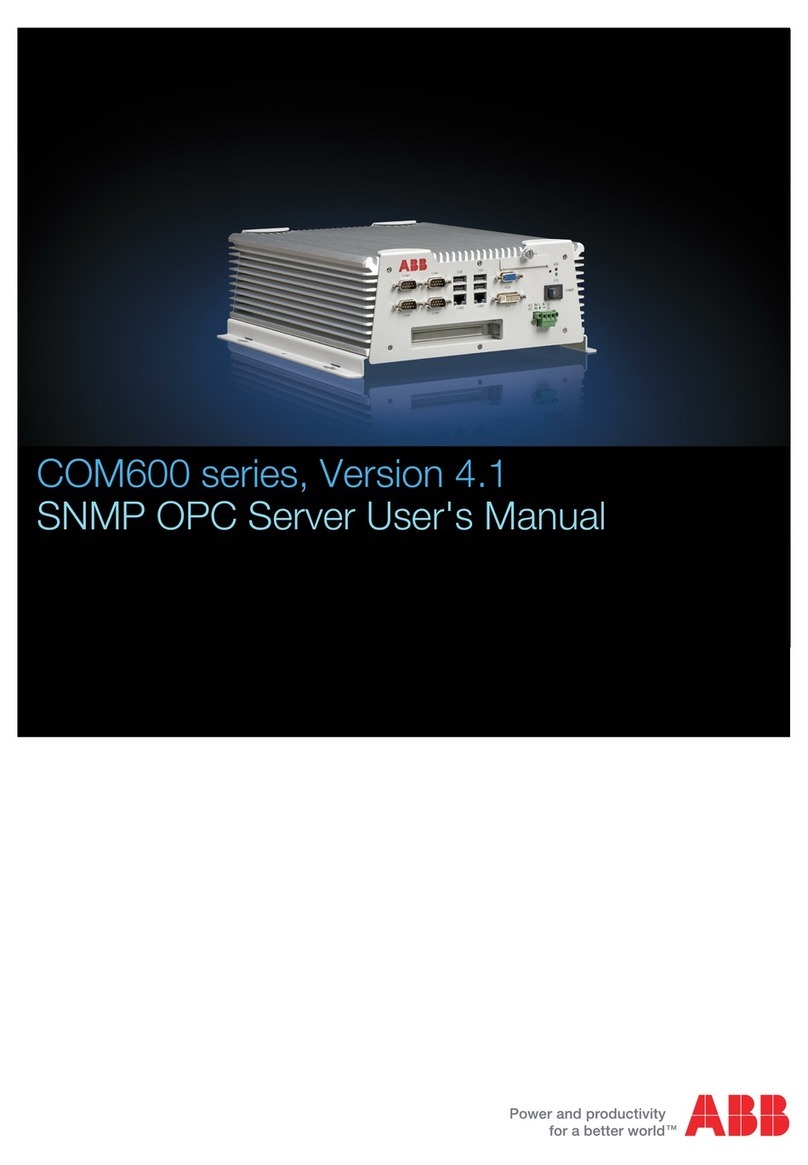
ABB
ABB COM600 series User manual

ABB
ABB ACS880-204LC User manual

ABB
ABB RELION REC650 Quick start guide
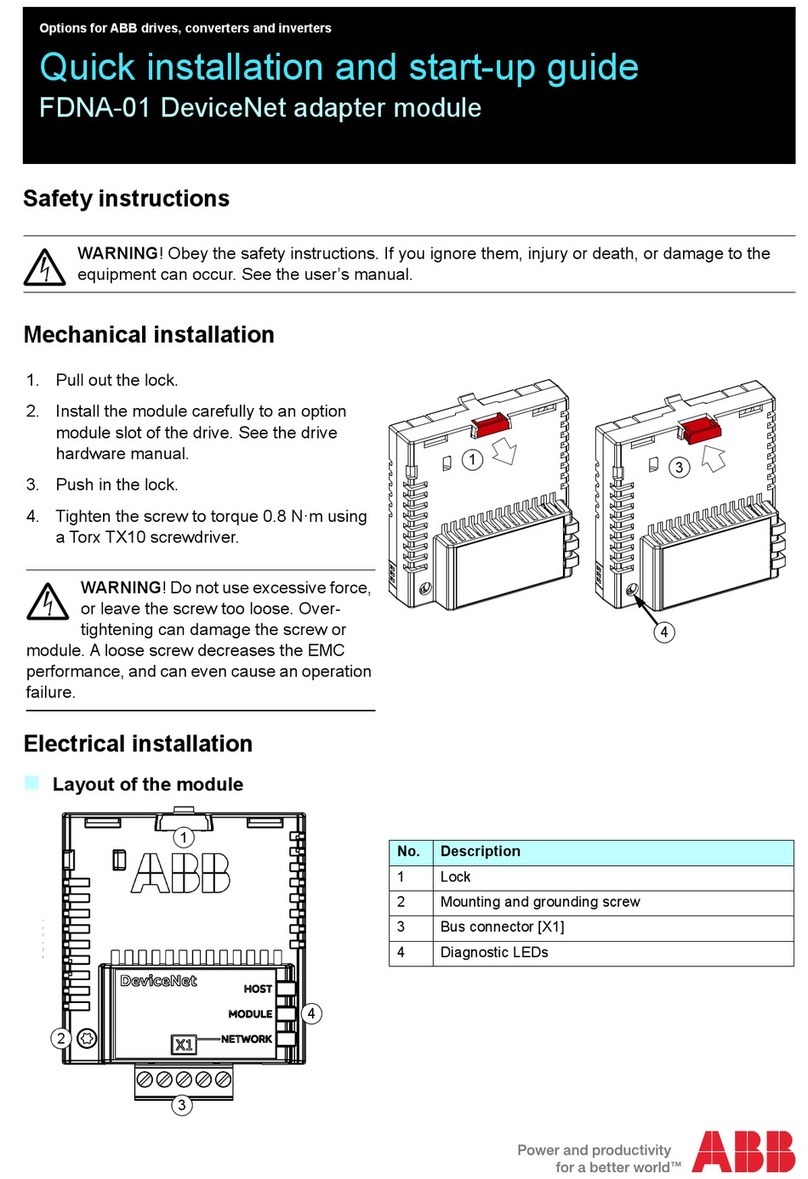
ABB
ABB FDNA-01 Installation manual
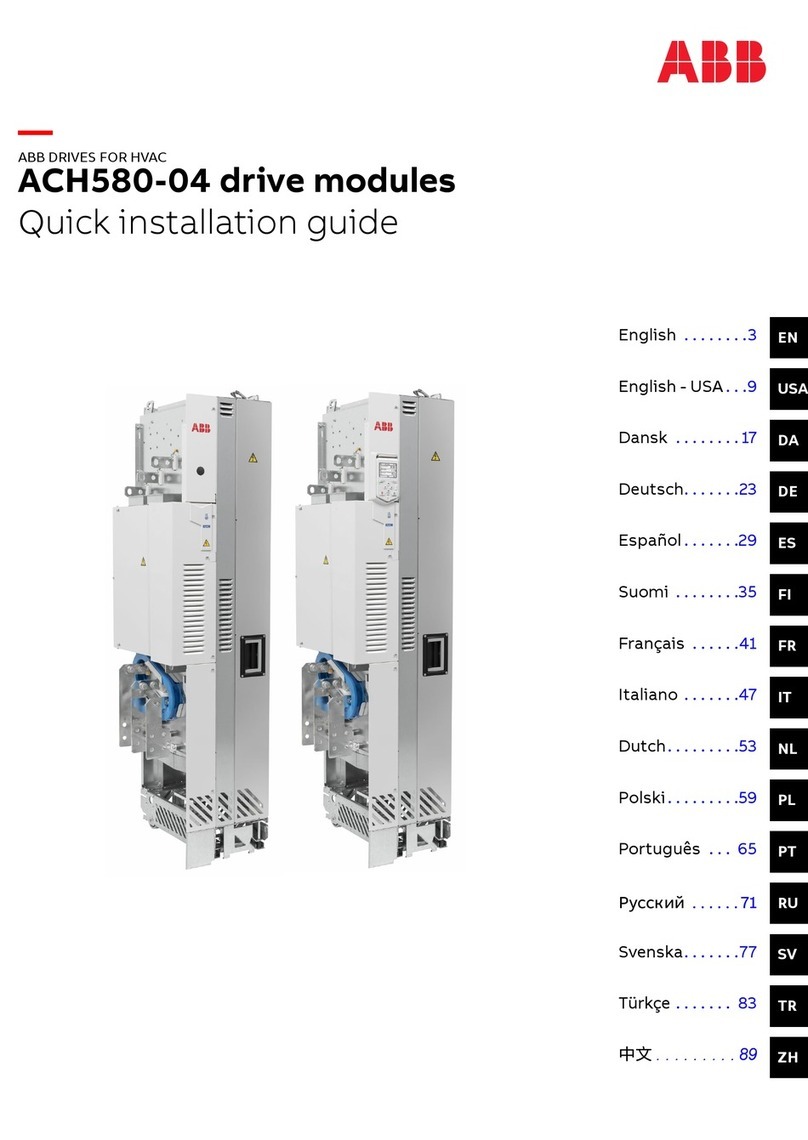
ABB
ABB ACH580-04 User manual

ABB
ABB RBIP-01 User manual
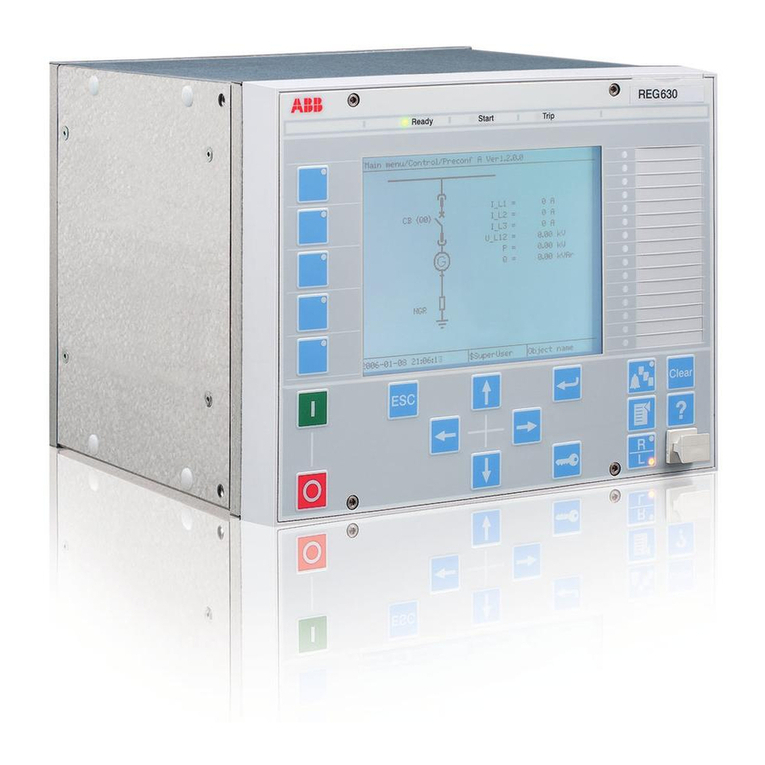
ABB
ABB Relion 630 Series Instructions for use
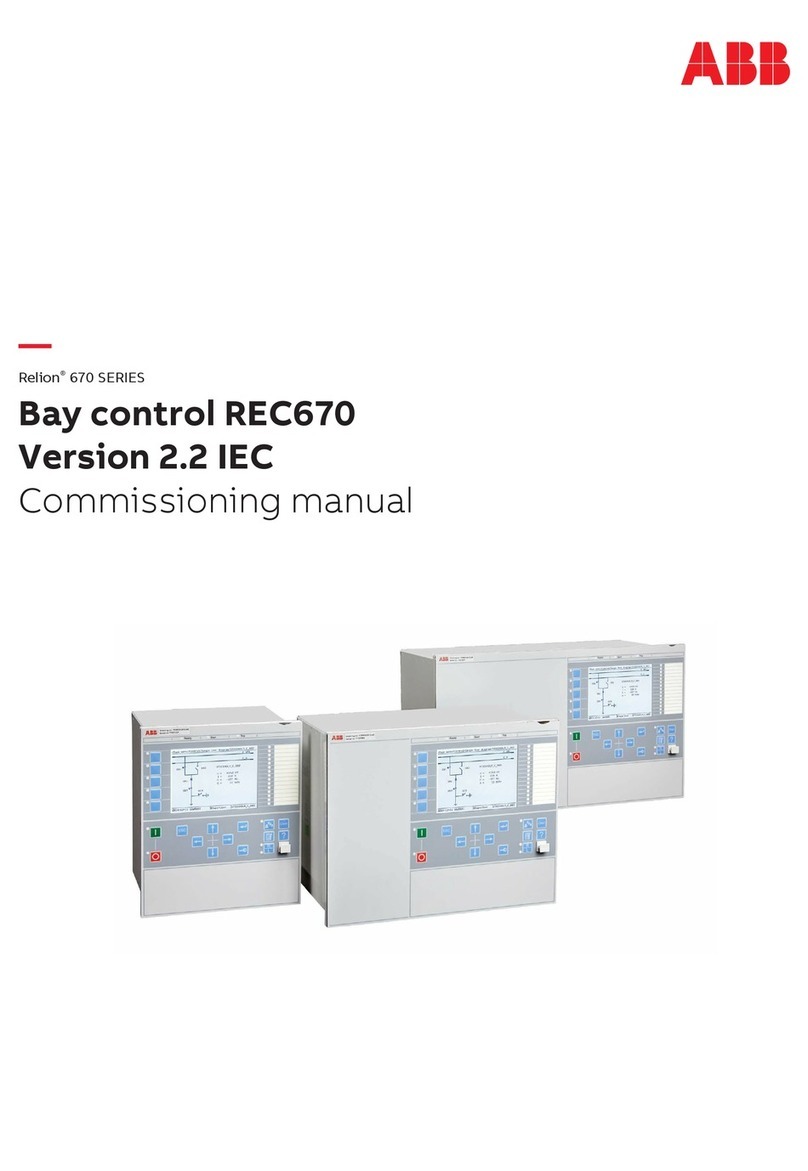
ABB
ABB Relion 670 series Quick start guide

ABB
ABB Unitrol 1000-PM40 User manual
Popular Control Unit manuals by other brands

Festo
Festo Compact Performance CP-FB6-E Brief description

Elo TouchSystems
Elo TouchSystems DMS-SA19P-EXTME Quick installation guide

JS Automation
JS Automation MPC3034A user manual

JAUDT
JAUDT SW GII 6406 Series Translation of the original operating instructions

Spektrum
Spektrum Air Module System manual

BOC Edwards
BOC Edwards Q Series instruction manual

KHADAS
KHADAS BT Magic quick start

Etherma
Etherma eNEXHO-IL Assembly and operating instructions

PMFoundations
PMFoundations Attenuverter Assembly guide

GEA
GEA VARIVENT Operating instruction

Walther Systemtechnik
Walther Systemtechnik VMS-05 Assembly instructions

Altronix
Altronix LINQ8PD Installation and programming manual
